____________
By Jean Vernon / January 25 2020

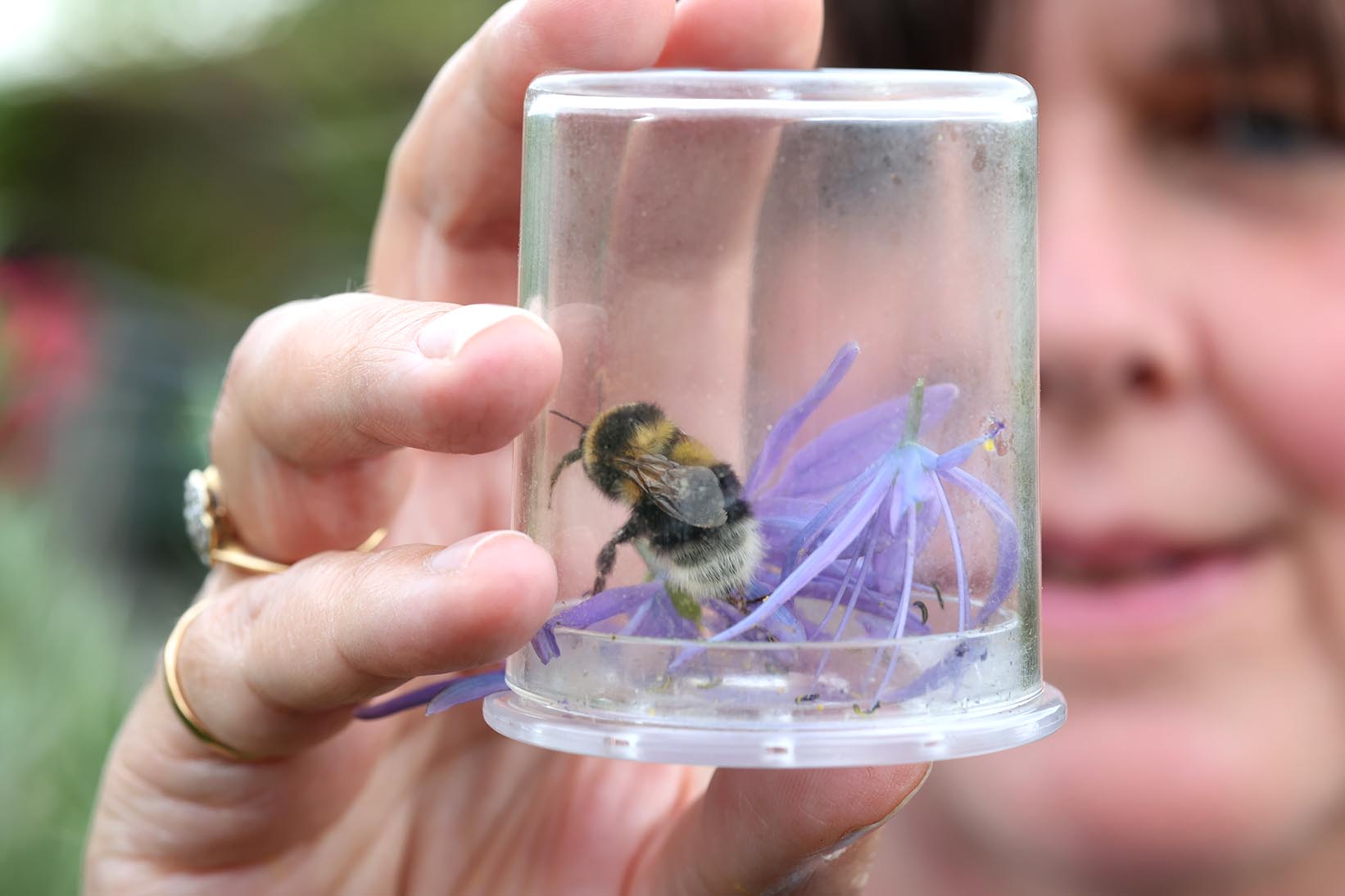
Join Jean Vernon for a Bumblebee Safari at Yeo Valley Organic Gardens in 2024

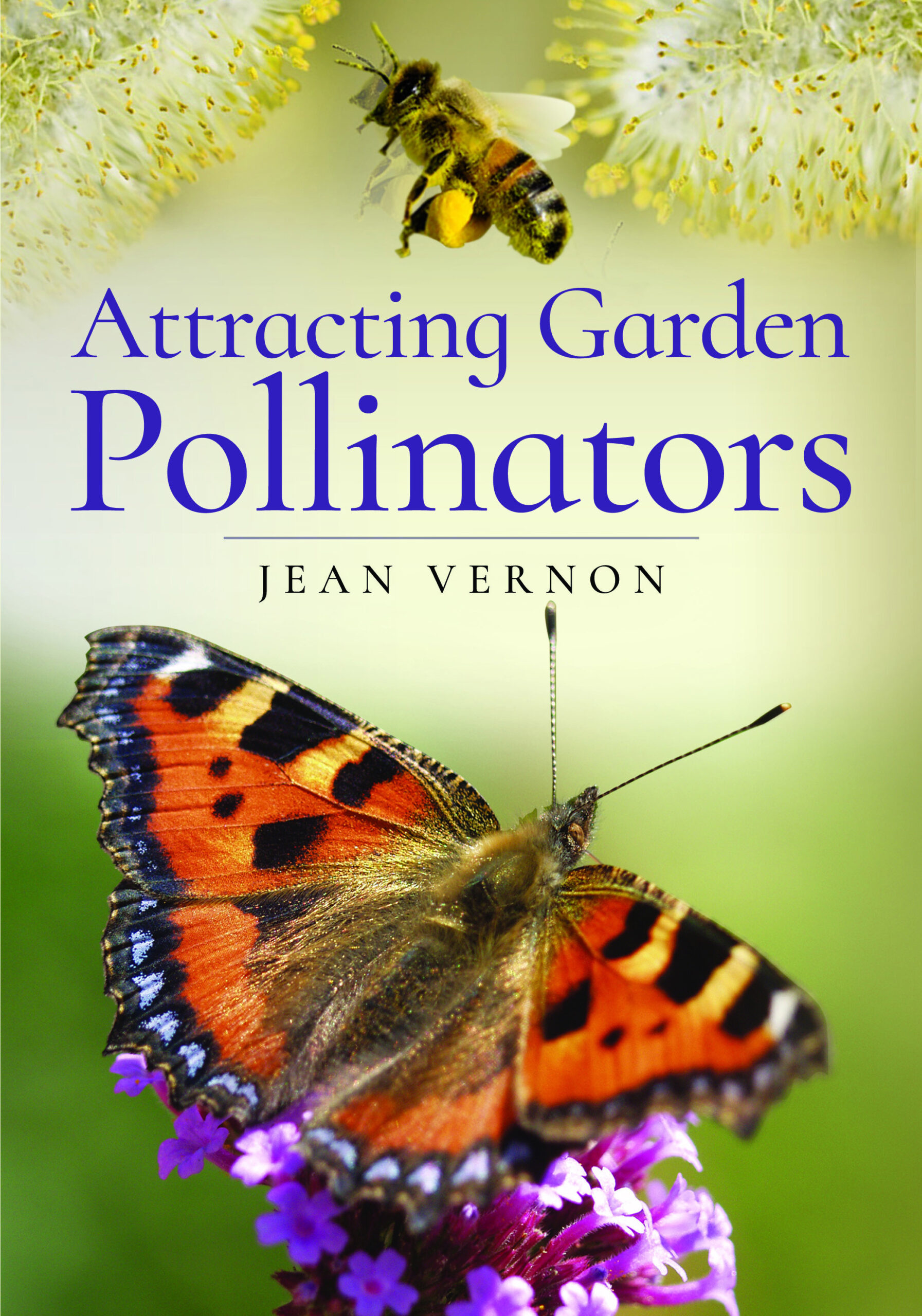
Signed copies of Jean Vernon’s new book, Attracting Garden Pollinators will be available in April 2022

In November 2020, Jean Vernon was awarded a very prestigious award from The Garden Media Guild for her writing about bees

Join Jean Vernon for an introduction to your garden bees at RHS Rosemoor. I’m delighted to announce that I am taking my popular garden bee workshops to the glorious gardens […]
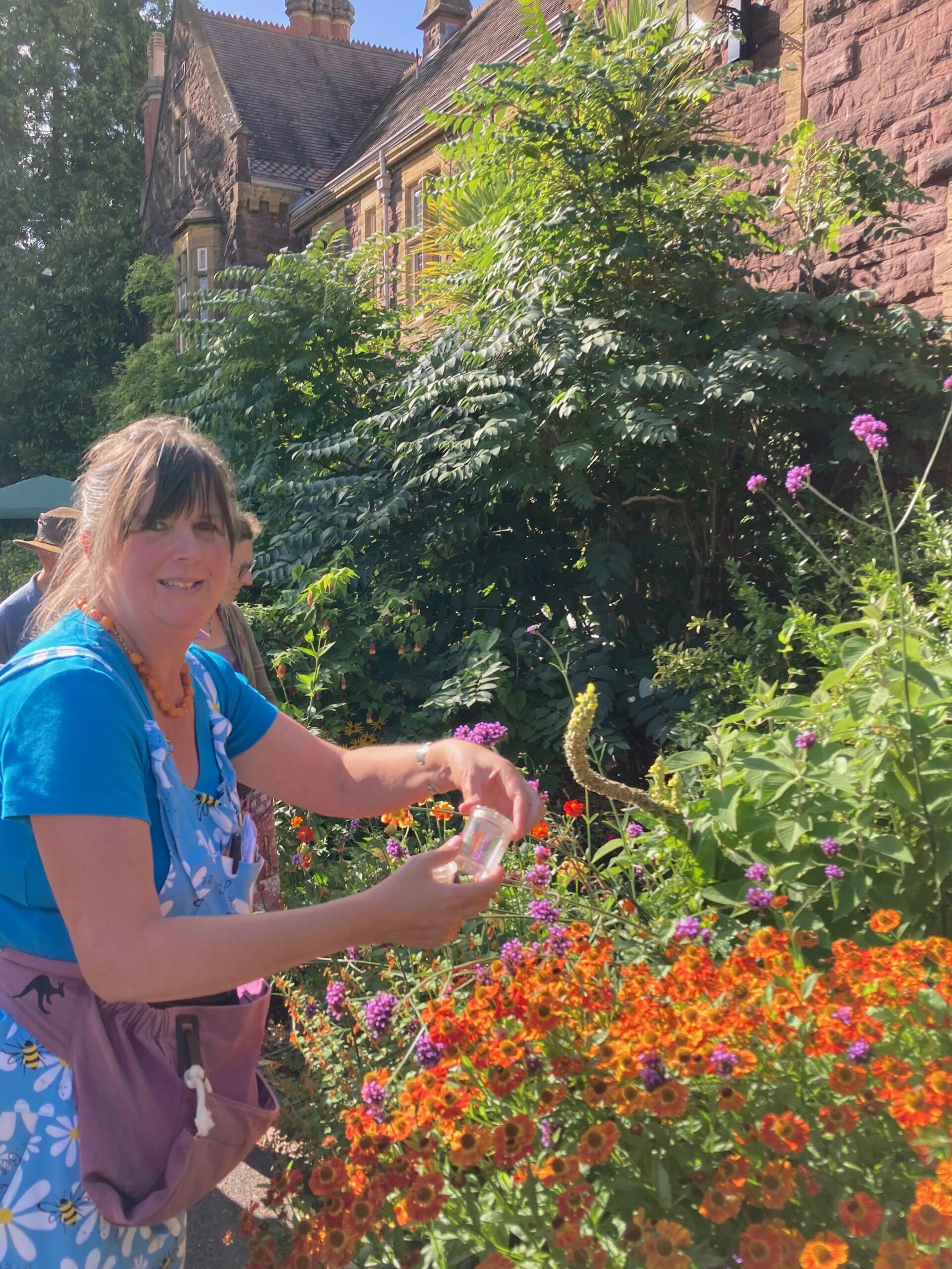
Join Jean Vernon for a bee-focused workshop at the magical RHS Wisley Gardens in Surrey on May 23rd 2024

Taraxacum officinale You might be surprised to find dandelion in my best bee plant list, but these bright, vibrant landing pads are virtual nectar bars for all pollinators in spring. […]
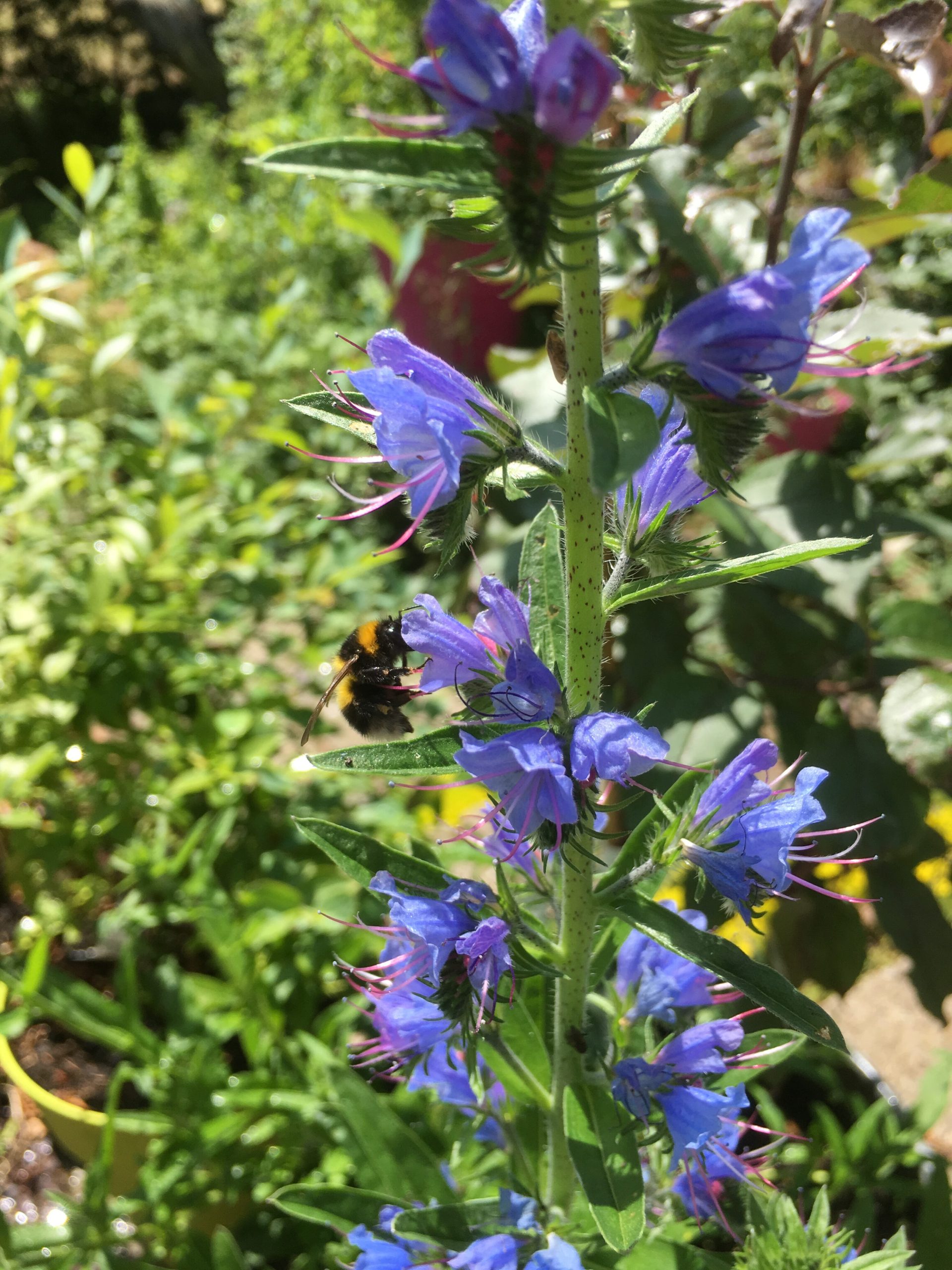
If you only grow one thing for your garden pollinators choose Viper’s bugloss. It’s easy to grow from seed, it’s hardy and it’s a native of the UK, plus it replenishes its nectaries regularly making it a magnet for garden pollinators.
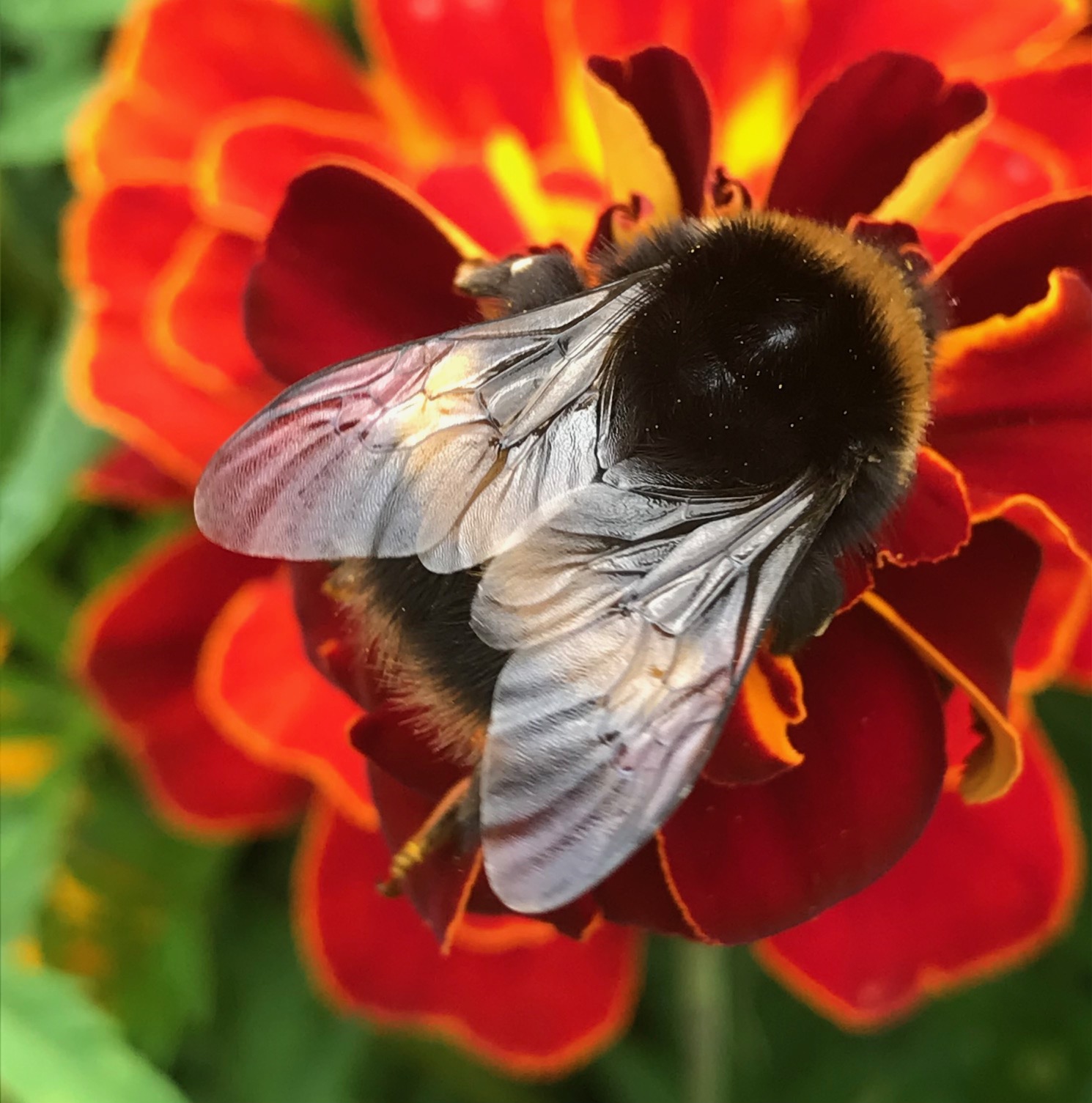
The wings of a bumblebee are driven by powerful muscles that facilitate buzz pollination and can also be used to raise temperature. Bees have two pairs of wings
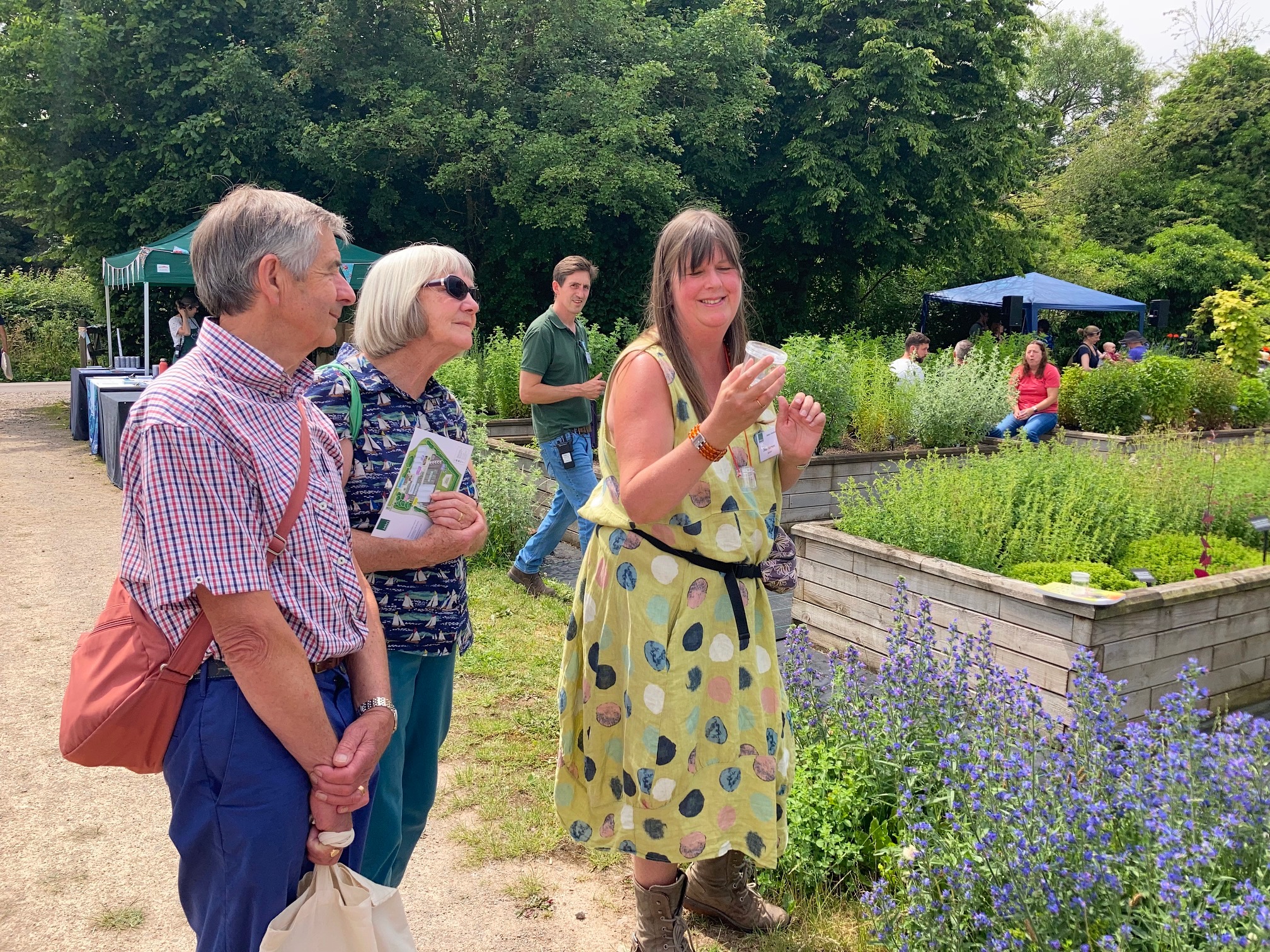
Come and join me for a bee walk in a summer garden, or why not book me for your garden event?
Jean Vernon © 2020-2025